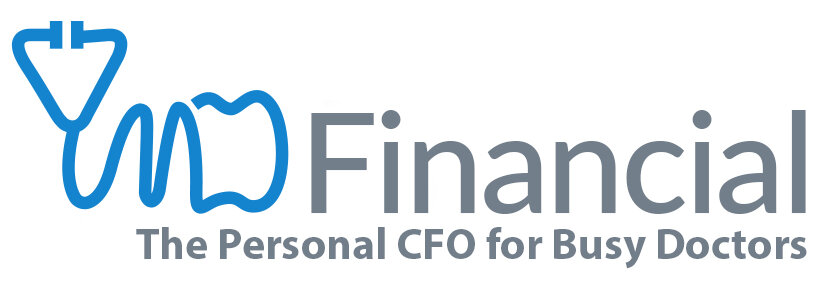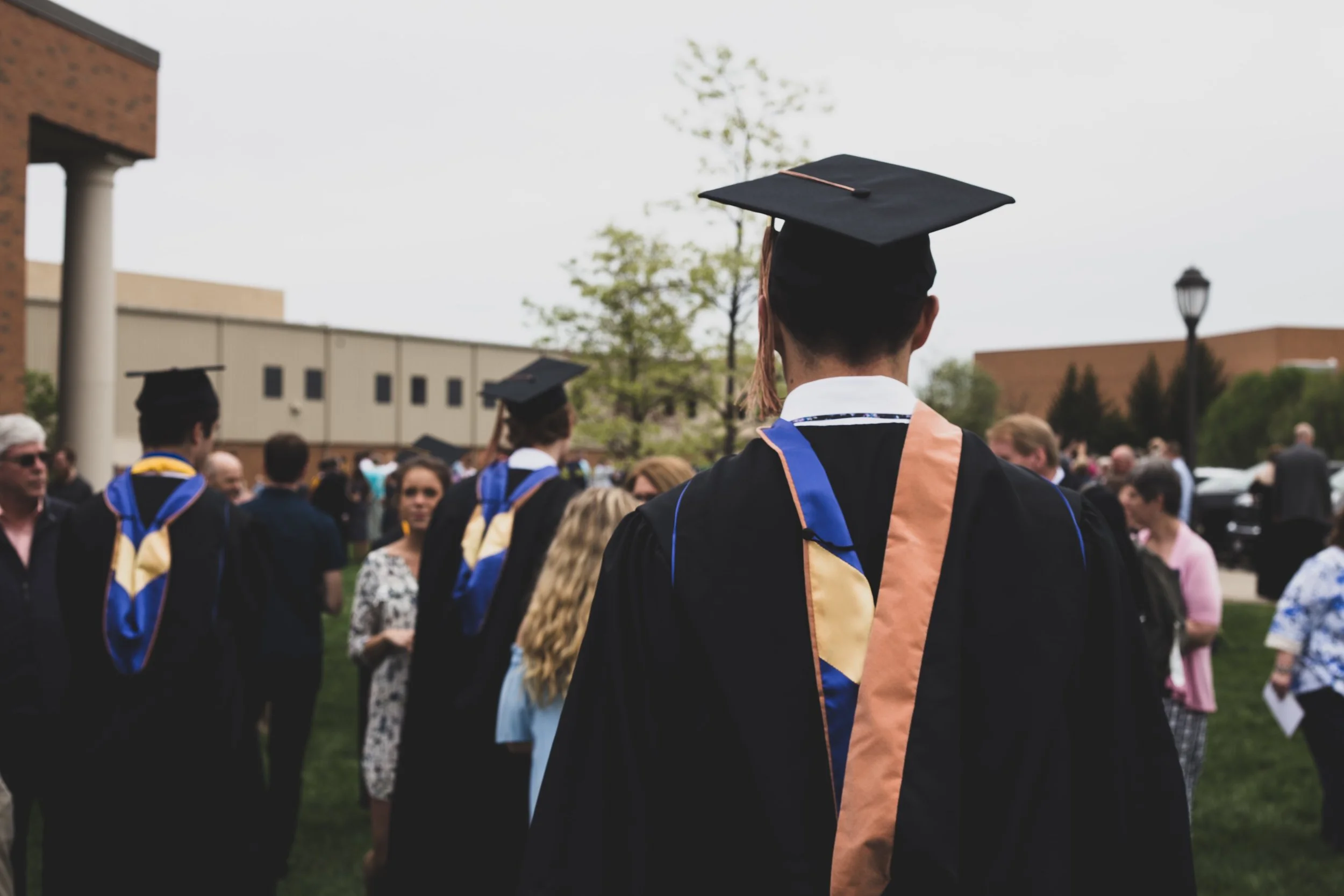Written by Josh Lantz, CRPC®/ Chief Investment Officer, Financial Advisor
We thought we’d give a quick update on the state of Public Service Loan Forgiveness (PSLF). So much has changed over the last few years; it’s worth going through a quick timeline.
One of the most popular programs for doctors these days for student loan payoff is PSLF. Many of you are aware, but as a recap it allows tax-free student loan forgiveness after 10 years of payments.
The requirements are:
Work full time
Work at a qualified institution (VA, Non-Profits, etc.)
Pay using qualified Income Driven Repayment Plan (PAYE, IBR, ICR)
Make 120 qualified payments
Have Federal Direct Student Loans
This program was started back in 2007. It gained a lot of traction in the doctor community. Some doctors started receiving forgiveness around 2017 when they first became eligible. Each year we saw more and more doctors receive forgiveness. By 2020 we saw large parts of our client base receive tax-free forgiveness every few weeks as more and more doctors reached their qualified 120 payments.
When the pandemic started in 2020, the government announced student loan relief. Part of the relief was an administrative forbearance which ran all the way until September 2023. This allowed those in PSLF to not have to pay while continuing to earn credit towards their 120 payments needed for PSLF.
Many doctors (not all) have not had to recertify their latest income since the pandemic. Often this means their current income driven repayment payments are artificially low because their current income is much higher and would result in higher monthly payments.
The Biden administration implemented several changes to this program during their term. One of those changes is they created a new income driven repayment plan for student loans called The Saving on a Valuable Education (SAVE) plan released in August 2023. This program replaced Revised Pay As You Earn (REPAYE) automatically. SAVE had a better payment formula which made payments even lower, qualified for PSLF, and had a great interest subsidy. At the same time, they started phasing out Pay As You Earn (PAYE) and Income-Contingent Repayment (ICR), which were other payment programs.
Due to Missouri and other states suing the Biden administration, the SAVE program was frozen starting in July of 2024. While the SAVE program is frozen there are no payments due and no interest accrual.
This change is a benefit to a student loan borrower who is not pursuing PSLF. For instance, this could be helpful for a doctor in private practice who is not pursuing PSLF given there’s no interest as of writing this article.
However, while repayments are frozen for doctors utilizing the SAVE plan, these months are not being counted towards the 120 months needed for PSLF. Which can be very difficult for doctors who were put into SAVE and desire PSLF. These doctors have been patiently awaiting a resolution to this court battle to hear what might happen.
No one knows what might happen for those in SAVE pursuing PSLF. Some speculate SAVE might be dissolved and revert to REPAYE. If that occurs, that would be a decent option for many doctors as REPAYE had a good payment formula and counted towards PSLF. However, no one knows for sure what will happen.
As a result of this lawsuit and many borrowers feeling trapped in SAVE, which currently doesn’t count for PSLF, the department of education reopened PAYE and ICR as payment plan options on December 18th, 2024. Both PAYE and ICR payment plans count towards the 120 payments needed for PSLF. Both PAYE and ICR phase out again on July 1st, 2027. However, while PAYE and ICR count towards PSLF payments, you cannot obtain forgiveness while in PAYE and ICR. Only Income-Based Repayment (IBR) currently allows forgiveness.
What happens now?
This catches us up to the present moment. If you’re already in IBR, PAYE, or ICR pursuing PSLF, continue to make your required monthly payments, continue to certify your qualified employment each year, and continue to pursue PSLF.
If you’re in ICR or PAYE, given they phase out in 2027 and you cannot currently receive forgiveness while in these payment plans, at some point you may need to make a switch. But for now stay the course.
If you’re in SAVE and desire PSLF, your situation is more complicated. We suggest reaching out to your advisor to discuss the best route to take. Possible options include:
Wait to see what happens when the lawsuit is resolved. If the announcement is not favorable, you might switch to another payment program like IBR, PAYE, or ICR, at that time. One risk is, every month that goes by is not counting towards the 120 months needed for PSLF. The second risk is the unknown of the announcement and what it might entail. The third risk is that you could make too much income by the time of the announcement and you no longer have a financial hardship, thus you are not allowed into IBR or PAYE.
Switch to IBR, PAYE, or ICR now. You can apply online. This is not risk free. Interest will begin again. There’s an unknown amount of processing time to switch to another payment plan. If you switch and the SAVE lawsuit resolution is favorable, there’s a risk you won’t be able to switch back. The advantage of changing is the payments would count towards PSLF. IBR counts for PSLF payments and you can receive forgiveness. Both ICR and PAYE count towards PSLF payments but do not currently allow forgiveness.
You could do the PSLF buyback. This is where you’ve reached your 120 months of qualifying employment. You’re allowed to buy back payments that didn’t count under SAVE. In other words, you calculate payments and pay a lump sum to catch you up to 120 qualified payments. This might be a good option if you’re in SAVE and you’re very close to reaching your 120 months. The details and how to apply are found here. This program is very new. Do know that the processing time can take a while.
Another thing to consider regarding student loans is related to your income. For those that are married, it’s important to have a plan with your advisor regarding whether to file your 2024 tax return as Married Filing Joint (MFJ) or Married Filing Separately (MFS). Whether to do MFJ or MFS is case-by-case. Everyone’s situation is different. However, this year it will be more important given most doctors have not re-certified their income in several years. It’s very important to know in advance what your payments might change to for budgeting purposes.
Another item to review for SAVE borrowers is whether you still have a partial financial hardship. This is when your calculated income driven repayment plan is less than your 10-year standard repayment. You will need a partial financial hardship to switch from SAVE to IBR or PAYE. If you no longer have a partial financial hardship due to higher income, then you might consider ICR as a payment plan.
Both ICR and PAYE are not processing forgiveness as of right now. However, they do count towards the 120 qualified payments for PSLF.
There you have it. This was the quick version of the latest PSLF updates. We wish there was a clearer solution. We want to emphasize that every doctor’s situation is case-by-case given the complexity here.
We will continue to update you if there are any further developments on SAVE. In the meantime, make sure you have a student loan plan in place with your advisor and reach out if you have any questions.
Lastly, with the new administration there have been daily executive orders released. To our knowledge none have been released yet about student loans as of the release of this article. However, this is a fast moving situation. Things could change by the time you read this. All the more reason to review this topic with your advisor in 2025.
Josh Lantz, CRPC®/ Chief Investment Officer, Financial Advisor With over a decade of financial planning experience, Josh has worked on more than 500 doctors’ financial plans. “It’s very hard to find a doctor’s situation I haven’t seen before,” says Josh. This is only a snapshot of the expertise Josh brings to MD Financial. He can be reached at Josh@mdfinancialadvisors.com.
The views expressed are those of the author as of the date noted, are subject to change based on market and other various conditions. Material discussed is meant to provide general information and it is not to be construed as specific investment, tax, or legal advice. Keep in mind that current and historical facts may not be indicative of future results. The information contained in our presentations has been compiled from third-party sources and is believed to be reliable; however, accuracy is not guaranteed.

